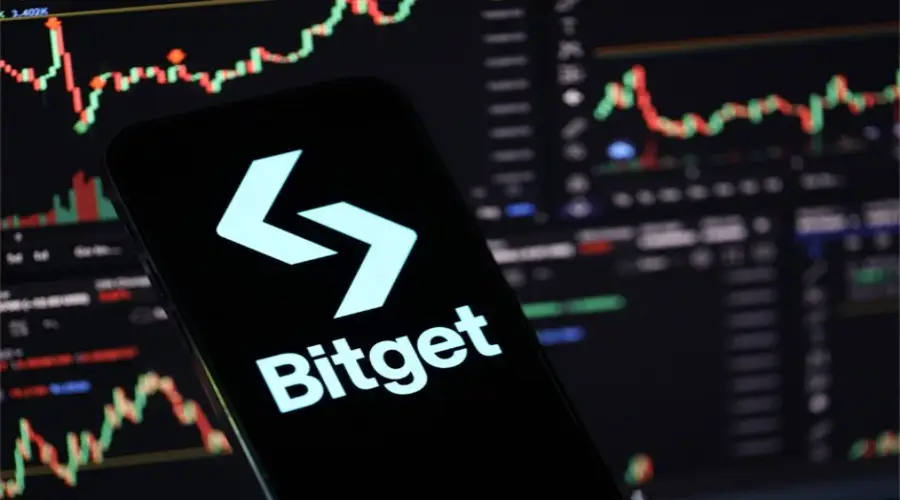Representatives of the European Union said that the retail digital euro will not allow companies to pay bills or pay salaries, and also be used in decentralized finance.
Restrictions are imposed for the first time after the launch of the digital currency. The first stage will only be for transfers of funds between people and organizations.
According to the head of the digital euro program at the European Central Bank (ECB) Evelyn Vitloks (Evelien Witlox), developers see three main options for using digital currency:
-
peer-to-peer payments, through which people can make personal transfers to each other;
-
payments between the buyer and the seller in real and virtual stores;
-
payments to the state or between state organizations.
Other potential use cases for the digital euro, Whitlocks says, will be explored much later. Now the EU does not perceive the blockchain as a potentially important technology that can be used at the state level, says the ECB representative. You must first prove to yourself that the technology is safe and has sufficient bandwidth.
According to the head of digital finance at the European Commission, Jan Ceyssens, the digital euro should meet modern demands from society, but at the same time, when developing a CBDC, one should not rush and immediately try to capture the Web3 segment. First and foremost, says Seissens, the currency must serve ordinary users.
In May, ECB executive committee member Fabio Panetta said the bank would be ready to launch a fully functioning digital currency in 2026.
Source: Bits
I am an experienced journalist, writer, and editor with a passion for finance and business news. I have been working in the journalism field for over 6 years, covering a variety of topics from finance to technology. As an author at World Stock Market, I specialize in finance business-related topics.







